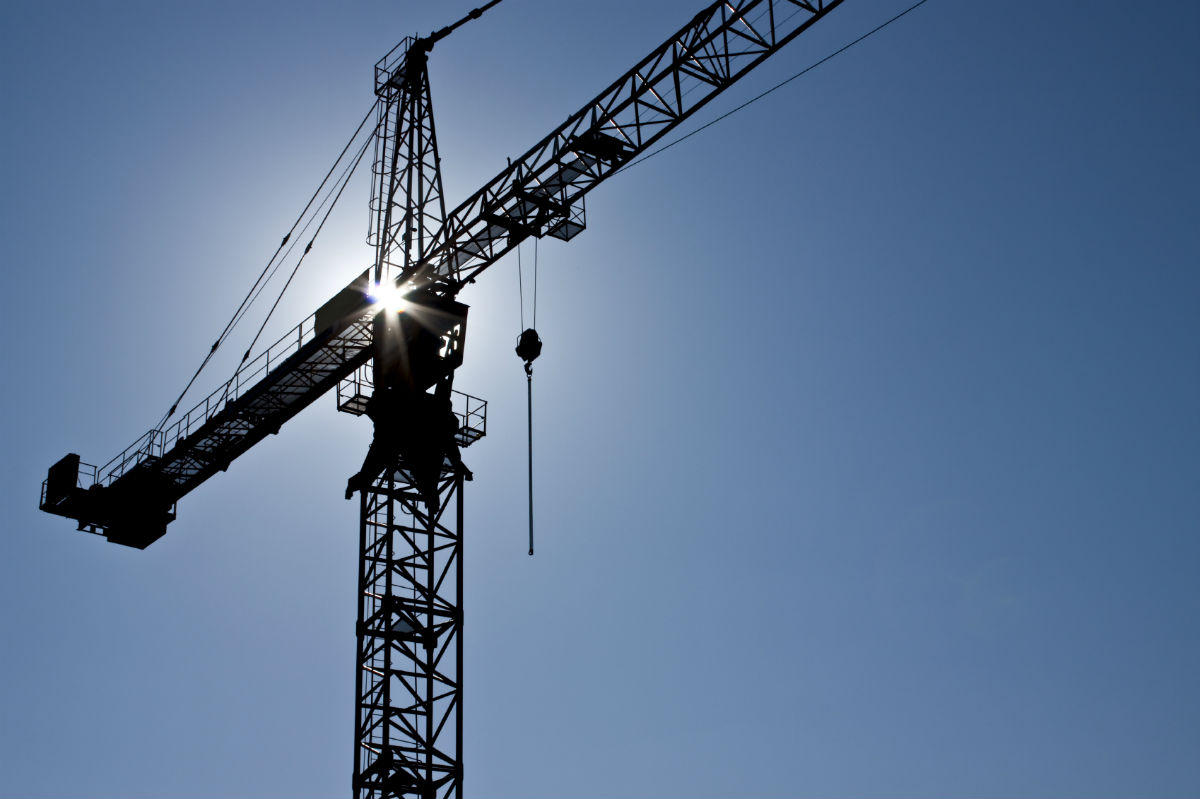Crane accidents often involve extensive property damage and severe injuries and death.

Crane accidents occur at construction sites and large manufacturing units. What are the legal rights of the workers injured in a crane accident?
Types of Workers at Risk
According to Bureau of Labor Statistics, the following workers are most likely to be involved in a crane accident:
- construction workers and lift workers
- iron workers
- tower and crane operators
- mechanics
- sheet metal workers
- welders, solderers, braziers, and cutters
- truck drivers
- electrical workers
Common Types of Crane Accidents
- the crane coming in contact with power lines
- dropped loads
- rigging failures
- counter weight crushing accident
- overturned crane
- outrigger use
- under the hook lifting device
- falls
Causes of Crane Accidents
Human error is responsible for 90 percent of crane accidents. The most common incidents that cause crane accidents are:
- broken cables, stabilizers, or rigging
- overloading or exceeding the crane’s weight loading capacity
- shifted boom or crane load
- operating a crane on icy, unstable, or uneven surfaces
- executing the lift or swinging the boom without fully extending the outriggers
OSHA Regulations
In order to reduce injuries and fatalities related to crane operations in construction, maritime, and general industry, the Occupational Safety and Health Administration (OSHA) has outlined a safety program. To improve compliance with this safety program, OSHA conducts compliance inspections, consultations, training, and outreach programs. OSHA has also formed alliances and partnerships to help improve crane safety at workplaces. OSHA has established the following guidelines to prevent crane accidents:
- Prior to operation, the crane must be inspected by a certified crane inspector to identify mechanical problems. This should be followed by comprehensive regular inspections to identify and address problems such as wear and tear, cracks, and other damages.
- Modifications or repairs should be performed only by a certified crane professional.
- The crane should be placed on a flat and stable ground at least 10 feet away from electrical lines.
- Ensure that all safety devices are functional.
- Install barriers around the site to prevent unauthorized people from coming close to the crane.
- Use appropriate fall protection.
- Have a qualified signal person to help maneuver the crane.
- Ensure that loads are properly set with the use of a qualified rigger.
Missouri Workers Compensation Claims
Workers injured in crane accidents are entitled to benefits under Missouri workers’ compensation. If you are having problems receiving your rightful workers’ compensation benefits, call our Missouri workers’ compensation attorney from The Law Office of James M. Hoffmann. Contact us at (314) 361-4300 for a free consultation.
Workplace Injury and Accident Causes
Asbestos Exposure
Asbestos Removal
Second Hand Asbestos Exposure
Sexual Assault Workplace
Physical Assault at Workplace
Workplace Injuries Assembly Line
At Fault Accident
Workplace Attack
Benzene Exposure
Injured on Lunch Break
Building Collapse
Workplace Bullying
Chemical Exposure in the Workplace
Chemical Hazards in the Workplace
Cold Stress in the Workplace
Combustible Dust Explosion
Computer Use
Construction Site Accident
Conveyor Belt Accident
On the Job Injury Cause by Coworker
Crane Accident
Injuries from Desk Jobs
Diesel Exhaust Fumes Exposure
Digging Injury
Breaking Company Policy
Drowning at Work
Workplace Drug Use
Electrical Workplace Accidents
Elevator Accident
Equipment Accident
Ergonomics in the Workplace
Excessive Overtime
Workplace Explosion
Extreme Danger
Fall at Work
Fire in the Workplace
Slicer Accident
Forklift Accident
Walk in Freezer
Gas Pipeline Accident
Hard Work
Workplace Hazardous Substances
Hazardous Equipment in the Workplace
Heavy Machinery Accident
Horseplay in the Workplace
Danger at Workplace
Insomnia in the Workplace
Jumping Accident
Ladder Falls at Work
Loading Dock Accident
Machinery Accident Workplace
Equipment Failure Accident
Mining Accident
Mold in the Workplace
Nail Gun Accident
Workplace Noise
Non Collision Accident
Heavy Objects
Workplace Office Equipment
Opioid Use
Injury at Work Due to OSHA Violation
Overexertion Injuries at Work
Use of Pain Killers
Power Tool Injury
Inadequate PPE
Repetitive Motion Injuries in the Workplace
Mansfield Bar
Scaffolding Accident
Secondhand Smoke in the Workplace
Side Effects
Silica Exposure
Sleep Disorder
Slip and Fall Injuries in the Workplace
Stairs at Work
Struck by a Vehicle
Tar Fumes
Toxic Chemical Exposure
Toxic Fumes in the Workplace
Car Accident While Working
Trench Collapse
Trips at Work
Unsafe Working Conditions
Workplace Violence
Welding Injury
Winter Hazards in the Workplace
Working Shifts
